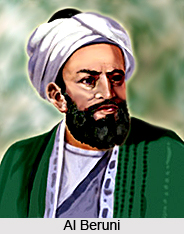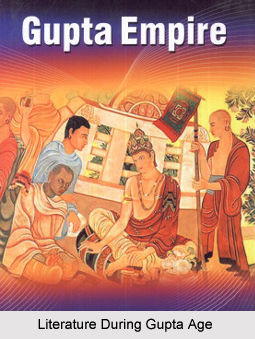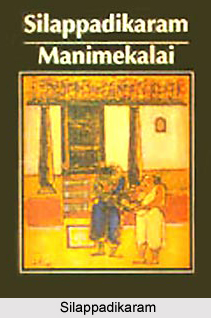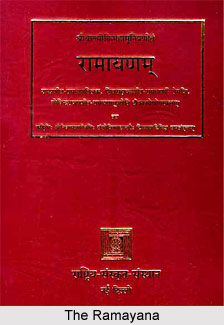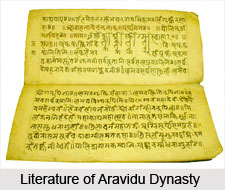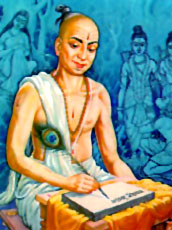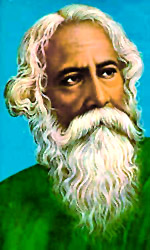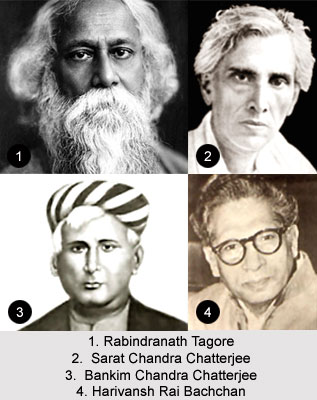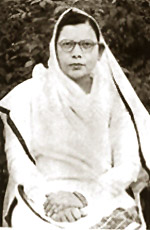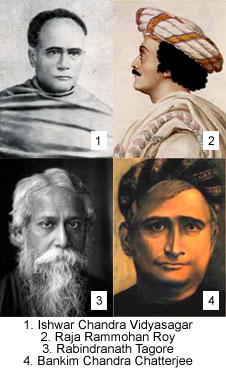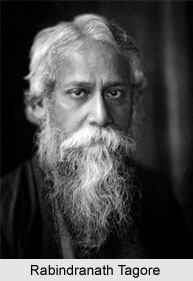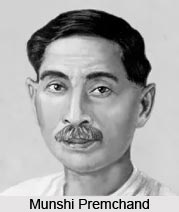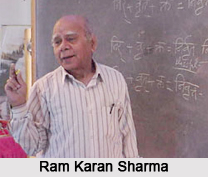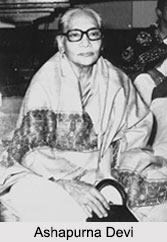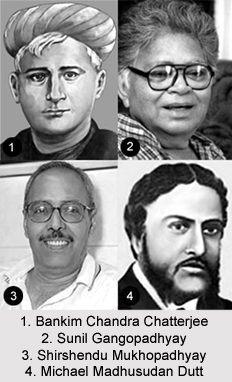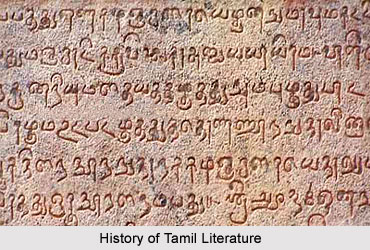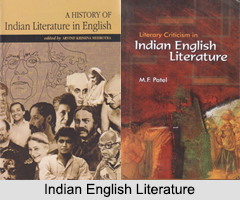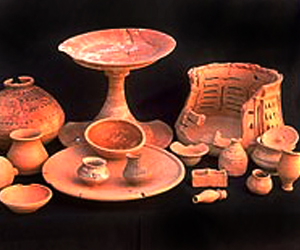 Art and Architecture in Rig Veda had a prominent place in the society. The Rig Vedic Hindus were proficient in the usage of variety of metals such as gold, silver, iron and others. People took up various professions like carpenters, goldsmiths, potters, washermen, physicians, blacksmiths, barbers, sailors, dyers, sawers, weavers and priests.
Ornaments made of gold, silver, gems, were worn by the common people. Women were skilled in the art of weaving and bleaching of sheep`s wool. Cotton-weaving has been one of the earliest professions among them. Even silk manufacturing was an essential profession during the Rig Vedic period.
Art and Architecture in Rig Veda had a prominent place in the society. The Rig Vedic Hindus were proficient in the usage of variety of metals such as gold, silver, iron and others. People took up various professions like carpenters, goldsmiths, potters, washermen, physicians, blacksmiths, barbers, sailors, dyers, sawers, weavers and priests.
Ornaments made of gold, silver, gems, were worn by the common people. Women were skilled in the art of weaving and bleaching of sheep`s wool. Cotton-weaving has been one of the earliest professions among them. Even silk manufacturing was an essential profession during the Rig Vedic period.
Professions were hereditary. Durability in profession helped in establishing and flourishing many industries like embroidery, weaving, iron-work, pottery, painting, carving on stone, copper-work, carpet-making, sculpture, jewellers` work, wood and ivory. The Rig Vedic people used different utensils made of iron and clay. They also used Skin-vessels for curds. During the Rig Vedic age many were skilled in the art of carpentry.
Construction of carts and chariots to be drawn by elephants, horses for conveyance purpose was quite familiar. There are instances in Rig Veda that illustrates the usage of irons in building forts and towns.
The Rig-Vedic Hindus used stone for building purpose as they were cheap, durable and strong against enemies. Aryan colonies were built of stone and were established in the rocky regions. There are also instances of towns being built of rock. Mansions and forts built on thousand pillars illustrate the degree of excellence and fineness in architecture during the Rig Vedic age. Many Sanskrit words were denoted to different locations in a town or city. For instance Durg meant a well-protected place or fort not easily accessible to people, Nagara meant a hill-guarded place and Pura or Yuri meant a guarded place from pry.
The art of sculpture and painting in Rig Vedic society was not much developed but considerable progress was made in the field of music. Dancing was a favourite pastime.
Visvakarman, the deva architect was considered as revolutionary in the field of arts. Rig Vedic Hindus also knew earthwork. The beautiful villages, towns, palaces, brick, stone and mud-built houses, leafed cottages, rest-houses, forts, roads and streets, fine steps for ascent on hills, fine cars drawn by ponies, boats, ships, and other conveyances are examples of their magnificent work
Rig Vedic people lead an organised life. Every village had washermen, dyers, and barbers. Cows, goats, cats, dogs, sheep, buffaloes were used as domestic animals. Few of them were also used as beasts of burden. Rig-Vedic feasts organised for religious, harvesting, and ceremonial purposes contributed in the development of political organisation, literature, culture, religion and other forms of art and architecture.

